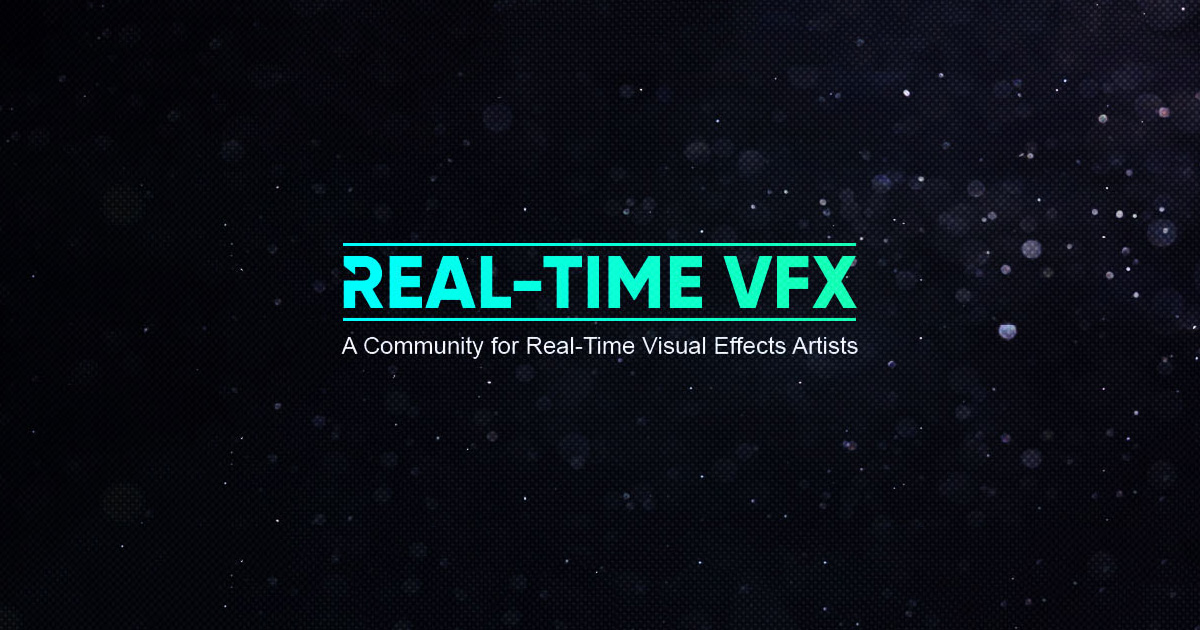
WWW.FXGUIDE.COM
Generative AI in media and entertainment
SimulonIn this new Field Guide to Generative AI, fxguides Mike Seymour, working with NVIDIA, unpacks the impact of generative AI on the media and entertainment industries, offering practical applications, ethical considerations, and a roadmap for the future.The field guide draws on interviews with experts atPlus, expertise from visual effects researchers at Wt FX & Pixar.This comprehensive guide is a valuable resource for creatives, technologists, and producers looking to harness the transformative power of AI in a respectful and appropriate fashion.Generative AI in Media and Entertainment, a New Creative Era: Field GuideClick here to download the field guide (free).Generative AI has become one of the most transformative technologies in media and entertainment, offering tools that dont merely enhance workflows but fundamentally change how creative professionals approach their craft. This class of AI, capable of creating entirely new content from images and videos to scripts and 3D assetsrepresents a paradigm shift in storytelling and production.As the field guide notes, this revolution stems from the nexus of new machine learning approaches, foundational models, and advanced NVIDIA accelerated computing, all combined with impressive advances in neural networks and data science.NVIDIAFrom enhancement AI to creation GenAIWhile traditional AI, such as Pixars machine learning denoiser in RenderMan, has been used to optimize production pipelines, generative AI takes a step further by creating original outputs. Dylan Sisson of Pixar notes that their denoiser has transformed our entire production pipeline and was first used on Toy Story 4, touching every pixel you see in our films.However, generative AIs ability to infer new results from vast data sets opens doors to new innovations, building and expanding peoples empathy and skills. Naturally it also has raised concerns, about artists rights, providence of training data and possible job losses as production pipelines incorporate this new technology. The challenge is to ethically incorporate these new technologies and the field guide aims to show companies that have been doing just that.RunwayBreakthrough applicationsGenerative models, including GANs (Generative Adversarial Networks), diffusion-based approaches, and transformers, underpin these advancements in generative AI. These technologies are not well understood by many producers and clients, yet companies that dont explore how to use them could well be at an enormous disadvantage.Generative AI tools like Runway Gen-3 are redefining how cinematic videos are created, offering functionalities such as text-to-video and image-to-video generation with advanced camera controls. From the beginning, we built Gen-3 with the idea of embedding knowledge of those words in the way the model was trained, explains Cristbal Valenzuela, CEO of Runway. This allows directors and artists to guide outputs with industry-specific terms like 50mm lens or tracking shot.Similarly, Adobe Firefly integrates generative AI across its ecosystem, allowing users to tell Photoshop what they want and having it comply through generative fill capabilities. Fireflys ethical training practices ensure that it only uses datasets that are licensed or within legal frameworks, guaranteeing safety for commercial use.New companies like Simulon are also leveraging generative AI to streamline 3D integration and visual effects workflows. According to Simulon co-founder Divesh Naidoo, Were solving a fragmented, multi-skill/multi-tool workflow that is currently very painful, with a steep learning curve, and streamlining it into one cohesive experience. By reducing hours of work to minutes, Simulon allows for rapid integration of CGI into handheld mobile footage, enhancing creative agility for smaller teams.BriaEthical frameworks and creative controlThe rapid adoption of generative AI has raised critical concerns around ethics, intellectual property, and creative control. The industry has made strides in addressing these issues. Adobe Firefly and Getty Images stand out for their transparent practices. Rather than ask if one has the rights to use a GenAI image, the better question is, can I use these images commercially, and what level of legal protection are you offering me if I do? asks Gettys Grant Frarhall. Getty provides full legal indemnification for its customers, ensuring ethical use of its proprietary training sets.Synthesia, which creates AI-driven video presenters, has similarly embedded an ethical AI framework into its operations, adhering to the ISO Standard 42001. Co-founder Alexandru Voica emphasizes, We use generative AI to create these avatars the diffusion model adjusts the avatars performance, the facial movements, the lip sync, and eyebrowseverything to do with the face muscles. This balance of automation and user control ensures that artists remain at the center of the creative process.Wonder StudiosTraining data and provenanceThe quality and source of training data remain pivotal. As noted in the field guide, It can sometimes be wrongly assumed that in every instance, more data is goodany data, just more of it. Actually, there is a real skill in curating training data. Companies like NVIDIA and Adobe use carefully curated datasets to mitigate bias and ensure accurate results. For instance, NVIDIAs Omniverse Replicator generates synthetic data to simulate real-world environments, offering physically accurate 3D objects with accurate physical properties for training AI systems, and it fully trained appropriately.This attention to data provenance extends to protecting artists rights. Getty Images compensates contributors whose work is included in training sets, ensuring ethical collaboration between creators and AI developers.BriaExpanding possibilitiesGenerative AI is not a one-button-press solution but a dynamic toolset that empowers artists to innovate while retaining creative control. As highlighted in the guide, Empathy cannot be replaced; knowing and understanding the zeitgeist or navigating the subtle cultural and social dynamics of our times cannot be gathered from just training data. These things come from people.However, when used responsibly, generative AI accelerates production timelines, democratizes access to high-quality tools, and inspires new artistic directions. Tools like Wonder Studio automate animation workflows while preserving user control, and platforms like Shutterstocks 3D asset generators provide adaptive, ethically trained models for creative professionals.Adobe FireflyThe future of generative AIThe industry is just beginning to explore the full potential of generative AI. Companies like NVIDIA are leading the charge with solutions like the Avatar Cloud Engine (ACE), which integrates tools for real-time digital human generation. At the heart of ACE is a set of orchestrated NIM Microservices that work together, explains Simon Yuen, NVIDIAs Senior Director of Digital Human Technology. These tools enable the creation of lifelike avatars and interactive characters that can transform entertainment, education, and beyond.As generative AI continues to evolve, it offers immense promise for creators while raising essential questions about ethics and rights. With careful integration and a commitment to transparency, the technology has the potential to redefine the boundaries of creativity in media and entertainment.
0 التعليقات
0 المشاركات
54 مشاهدة










